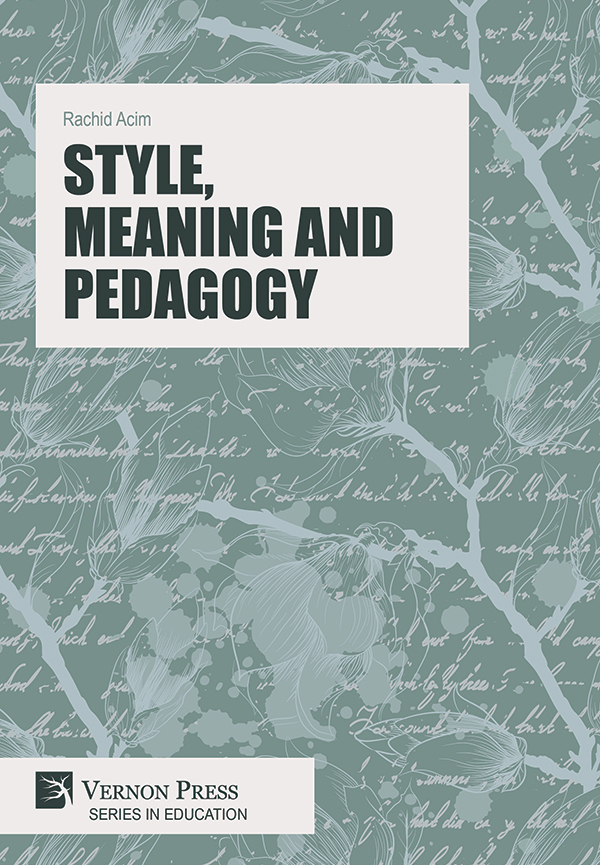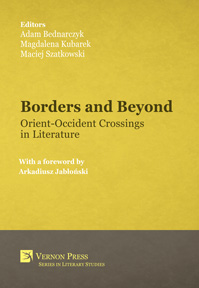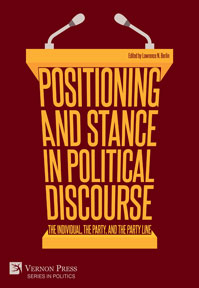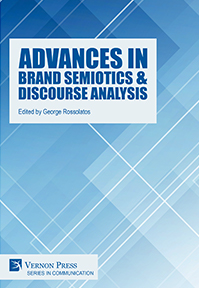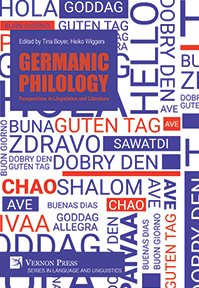Purchase this book
(click here to change currency)
A practical handbook for Stylistics classrooms. Through lucid explanations and illustrative examples, it demystifies the process of stylistic analysis, empowering students to navigate the complex landscape of English style, and explore the myriad ways in which language can be shaped and manipulated for rhetorical effects.
A compelling handbook of great potential use for students and classroom practitioners in the field of Stylistics and Rhetorical Studies. It offers a range of significant stylistic concepts and theories adeptly selected, perceptively introduced, and insightfully deployed in the analysis of a diverse array of literary and non-literary texts to illuminate the nuanced interplay between linguistic expression, style and meaning.
Rachida Yassine
Professor of English and Cultural Studies
Department of English Studies
Ibn Zohr University, Agadir, Morocco
“Style, Meaning and Pedagogy” is an interdisciplinary guide that explores the concept of style in language, literature, and communication. It covers literary and non-literary texts, using various analytical methods like metaphor analysis, reader-response theory, and rhetorical analysis to enhance students’ comprehension, analytical, and interpretive skills. The book juggles themes relevant to students’ lives while teaching critical reading and meaning analysis skills for English literature and linguistics students. The book will be an excellent and peerless addition for those working in this area.
Paul Hackett
Emerson College
'Style, Meaning and Pedagogy' can be useful to students and researchers of different backgrounds; it can assist them to deeply fathom literary and non-literary texts and scaffold their critical thinking when approaching human language like poems, headlines, blurbs or paintings. Admittedly, the print and visual texts chosen in the book were produced in the 14th, 18th, 19th and early 20th centuries. Whereas some of them are up-to-date and timely as they tap upon the emotions of the last pandemic (i.e., “And the People Stayed Home”), others:
- Provide a profound view of peace and fellowship (i.e., “Abou Ben Adhem”);
- Introduce a description of the system of etiquette followed in 1918 (i.e., “Manners”);
- Unravel the dichotomy of face and beauty (i.e., “Memory”);
- Examine the dialectical relationship between rhetoric and metaphors (i.e., “How Do I Love Thee?”);
- Stress the power of art and pedagogy in the medieval age (i.e., “Laurentius de Voltolina’s Painting”);
- Revisit dialogism and intertextuality in Afro-American Literature (i.e., “Dreams”);
- Stimulate students’ critical reflections (i.e., “Poem in Your Pocket”);
- Showcase the informative and persuasive dimension of media discourse (i.e., “The NYT”);
- Bring to the fore reader-response theory and positive self-talk (i.e., “Thinking”).
The book is a gem for students pursuing their English Studies in Higher Education. It is a rich resource for novice researchers and university professors teaching courses such as Literary Linguistics, Discourse Analysis, Literary Criticism, Poetry, Rhetoric, to mention but a handful. With an exhaustive list of readings and references, insightful methodology and signposts for critical reflections, 'Style, Meaning and Pedagogy' proffers you a chance to question the textual and semiotic selections people dwell on to produce their own texts. And with the short tasks and exercises at the end of each chapter, you will be able to savour and simultaneously retain much of the invaluable input prepared just for you.
List of Tables
List of Figures
Acknowledgements
Abbreviations
General Introduction
Part I: LITERARY TEXTS
Chapter 1 STYLE AND THE POETIC EXPRESSION
Chapter 2 SEMANTIC AND PRAGMATIC MEANINGS IN “ABOU BEN ADHEM”
Chapter 3 CONCEPTUAL METAPHORS AND RHETORIC: “HOW DO I LOVE THEE?”
Chapter 4 A TRANSITIVITY PROCESS ANALYSIS OF “MANNERS”
Chapter 5 AN ABERRANT DECODING OF “MEMORY”
Chapter 6 AFRO-AMERICAN “DREAMS”: A CONSTRUCTIVIST APPROACH
Chapter 7 READER-RESPONSE THEORY: EXPLORING STUDENTS’ SENSE OF CREATIVITY
Chapter 8 THE PANDEMIC HOME IN PANDEMIC POETRY: “AND THE PEOPLE STAYED HOME”
Chapter 9 LECTURING AND LEARNING STYLES: A MEDIEVAL CLASSROOM
Part II: NON-LITERARY TEXTS
Chapter 10 STUDENTS’ VOICES ABOUT “HEADLINES AND BLURBS”
Chapter 11 RHETORICAL TROPES: “THE NEW YORK TIMES”
General Conclusion
List of References
Answer Key
Glossary
Index
Rachid Acim is an Associate Professor at Ibn Zohr University, Agadir, Morocco. He received his Master’s and PhD from the University of Sultan Moulay Slimane. His academic publications have featured in peer-reviewed journals such as ‘Poetry Therapy’; ‘Educational Research and Practice’; ‘Comparative Literature: East & West’; ‘Applied Journalism and Media Studies’, etc. In his home institution, he has taught courses such as Discourse Analysis, Stylistics, Paragraph Writing and Study Skills. He has a wide range of academic interests that include, among several others, Mystical Discourse, Literary Linguistics, Discourse Analysis, Translation and Teaching Practices in Higher Education. For the last seven years, he has been engaged in different Master's Programs like Applied Linguistics & ELT and Pedagogy of Nursing Sciences and Health Techniques.
Second Language Instruction, Romantic Poetry, African American Literature, Foreign Countries, Motivational Poetry, World Literature, Lecture-based Instruction, Literary Linguistics, Language Styles, Discourse Analysis, Discourse Studies, Formalism, Journalistic Discourse, Multimodal Discourse Analysis, Approaches to Meaning, Transitivity, Learning Preferences, Style, Literary Texts, Non-Literary Texts, Pandemic Poetry, Rhetoric, Rhetorical Devices, Teaching Methods, African Dreams, Reader-response Theory, Reader-response Criticism, Art, Painting, Foregrounding Theory, Medieval Classroom, Poetry, English (Second Language), Narrative Poetry, Qualitative Research, Learning Processes, Learner Engagement, Students’ Creativity, Student Attitudes, Higher Education, Undergraduate Students, Second Language Learning, Creative Responses to Poetry, Critical Thinking, Student Characteristics, Literary Criticism, World Literature, Media Discourse
See also
Bibliographic Information
Book Title
Style, Meaning and Pedagogy
ISBN
979-8-8819-0040-3
Edition
1st
Number of pages
186
Physical size
236mm x 160mm

